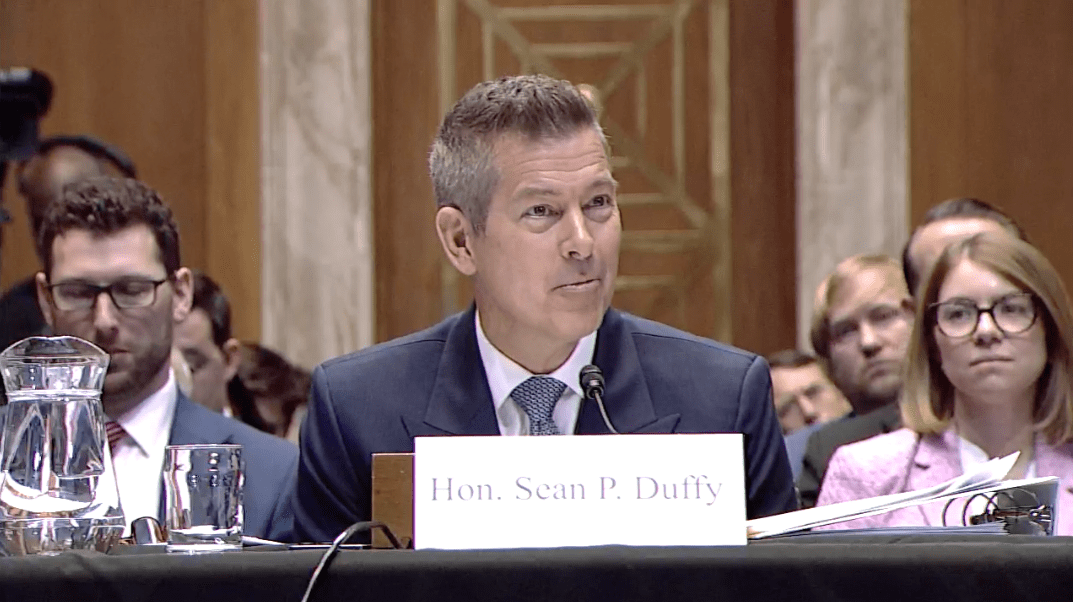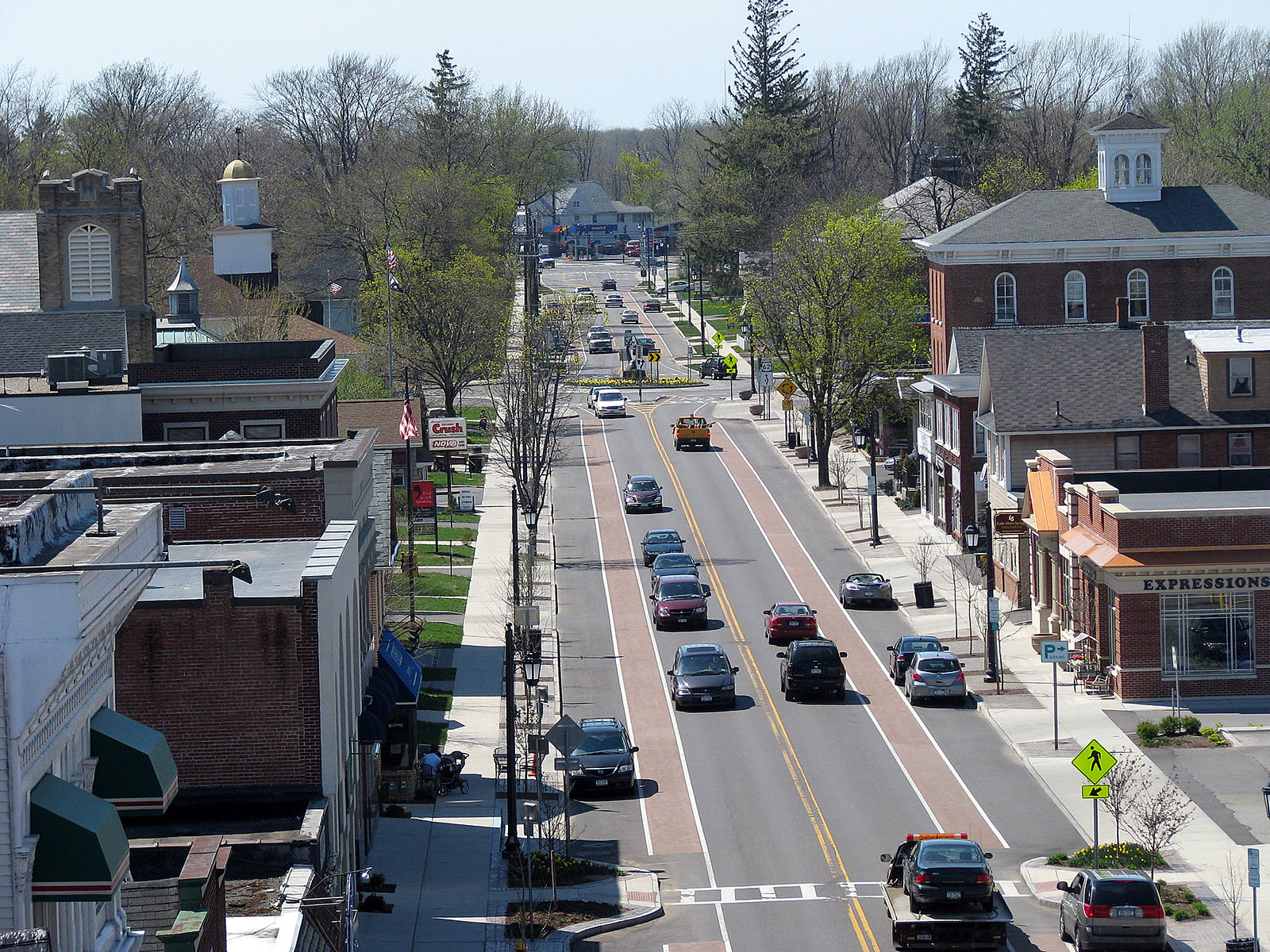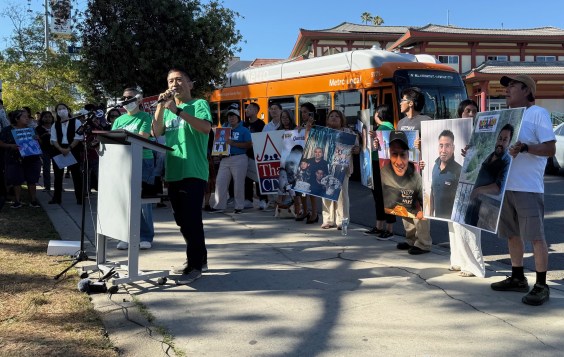What's the difference between a sleepy, sprawling place and a vibrant, compact one? According to a fascinating theory from Patrick Kennedy at Network blog Walkable Dallas Fort Worth, the primary factor is the street pattern.
Street grids, he asserts, exert a centripetal force on the market, drawing investment toward the core. Meanwhile, suburban-style streets -- a "dendritic," or branch-like, pattern -- spread land value evenly, and impart an outward tug.
It's all related to the question of connectedness, and the value that's attached to that, Kennedy says:
The transpo network, the connectivity, is the first order system applied to a place. The "body," or the physical city of uses and buildings, is the emergent second order network that is entirely dependent upon the degree of connectivity at the order below.
The rigidly hierarchical dendritic pattern is indicative of a flat or spread out "market." No place is really any more or less interconnected than other places (thus why studies like intersection density and space syntax are valuable -- they measure interconnectedness). In cities, the degree to which you are connected to persons, places, and things determines the value of that particular site. The higher the value, the greater the demand, opportunity, and therefore density. Because the hierarchical 1st order system produces little hierarchy in the 2nd order system, it suggests an outward or centrifugal force, or outward pressure, on the real estate market. All places are equitable. Evenly and poorly interconnected. And the result is sprawl. Demand smeared evenly across the entire landscape.
Because the hierarchy inherent in reticulated systems only appears at the next level of complexity and order, it can be said that reticulated grids exert centripetal force on the real estate market or convergent. There is greater value at intersections and hubs of networks because they are more interconnected. How we value the availability and amount of the possible interconnections between people, places, and things drives city form by driving demand, and in turn density -- inward.
Kennedy concludes that traditional transportation modeling fails to take these factors into account. The proper way for cities to mature, and to accommodate traffic, is to let the grid system absorb growth, he says. Anything else is "wholly irrational, unnatural, and illogical, broken, anti-city."
Elsewhere on the Network today: The Get Around Blog takes on Chicago Tribune columnist John Kass's bizarre assertion recently that cyclists should be assessed in a complicated system of user fees. Systemic Failure explains that drivers under the influence of the prescription drug Ambien have been responsible for some horrifying injuries behind the wheel of cars, but have been able to use the drug's effects as defense against criminal charges. And Market Urbanism says that Ayn Rand's writings on cities don't really align with her choice of where to live.






